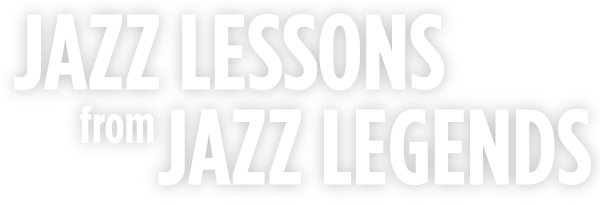Peter Martin shows you how to add passing tones to your lines to get a more authentic bebop sound.
Video Transcript
What’s going on everybody? Peter Martin here for Two Minute Jazz. Got a quick tip for you today on bebop passing tones. So many different ways to get into an authentic and really satisfying bebop sound, but one of them that I love that really kinda comes from a harmonic concept that can inform your melodic bebop playing is passing tones, and I’m gonna just talk about two today.
E flat major:
You know, if we improvise over E flat major, and we just stick to the E flat major scale, it’s fine, but it gets interesting when we put in those passing tones.
And you know, there’s three basic ways of thinking about this. Start your line on the passing tone. And normally we’re looking at resolving that minor third up to the third or down to the ninth or the second. So you can start your line there or you can go to it immediately at the beginning of your line. From the third, or you can do it from the second, I don’t like that one as much. Or the third way is to play it somewhere in the middle of your line. And when you’re running up a scale, this is a great time to do it. I mean, it works a’ight, but it’s kinda, if I just play the major scale, but if I do and put that minor third resolving up to the major third in the middle of it, and then I mean, you know you can get some rhythmic offsets, some syncopation, that’s where it gets really nice.
So the other one I like a lot is a minor sixth:
Same thing, you can start your line there, you can go right to it. Or you can catch it in the scale. Okay?
So these are just two over the major scale, but they’re fun to practice by isolating them. Each scale has its own, we’ll get into those on other episodes, but for now, happy practicing.



